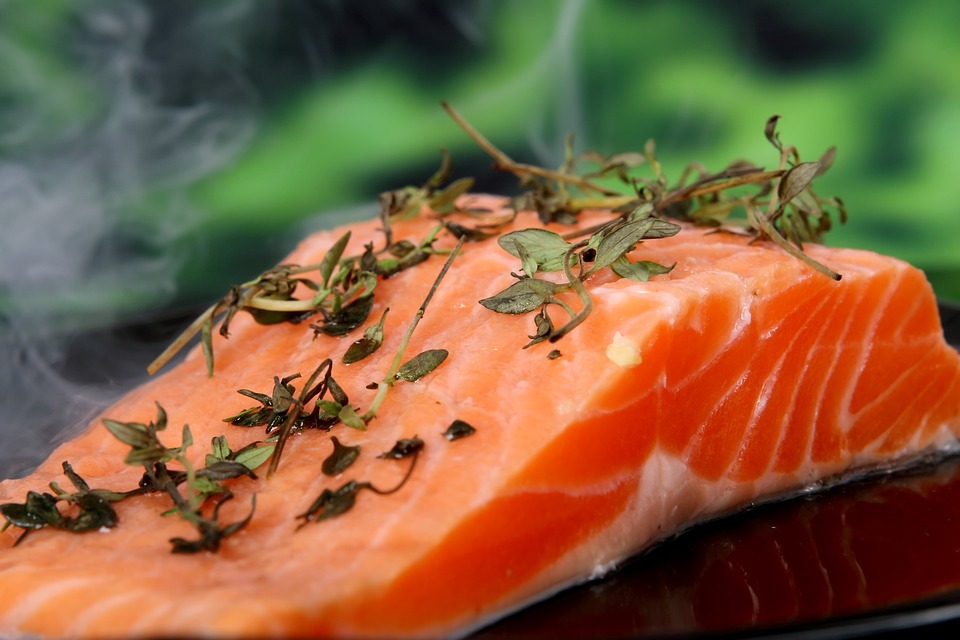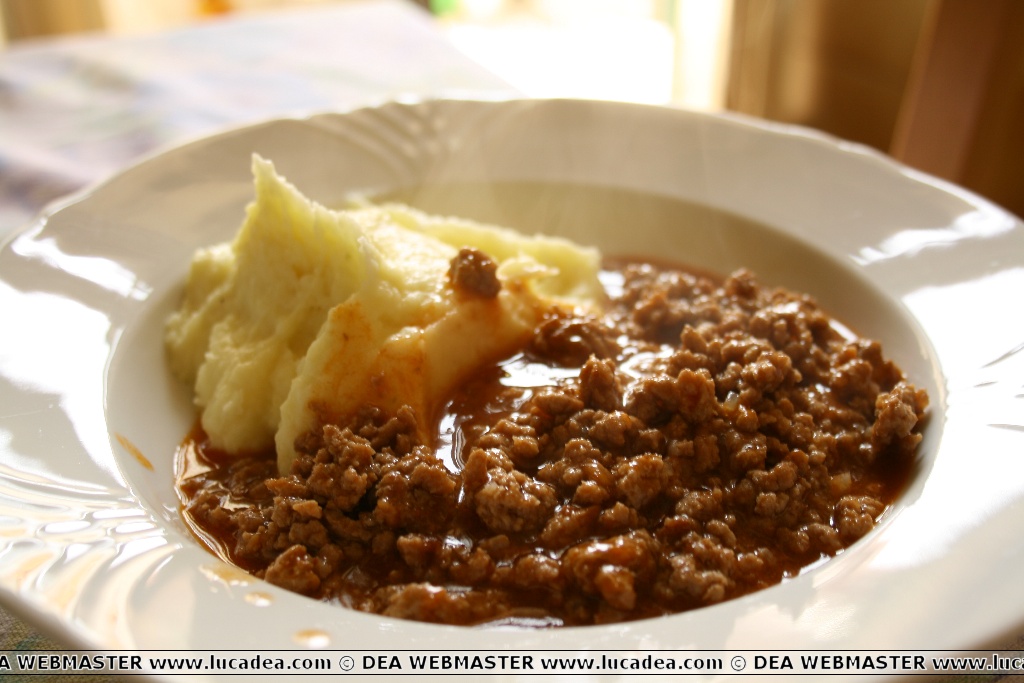Carote e piselli.
Non c’è niente di malizioso.
E’ solo la foto di un contorno, una delle mie solite immagini di cibo che non interessano a nessuno.
Poi perchè devo dare tante spiegazioni… se mi piace fare queste foto.
Norwegian Salmon, the recipe
Norwegian Salmon.
This morning I went to the supermarket and I saw, among the ugly and very expensive fish, a nice salmon, medium sized, excellent looking and reasonably priced. I modestly have some experience with salmon, which I have fished both in Alaska and Norway, of which I have seen the artificial insemination, the breeding, the preparation of fresh fish for export and the various smoking systems. Later on, maybe I will show you some photos I took in Norway…
Well, coming to us and looking at the salmon I bought one of about a kilo and a half and I thought of suggesting to Marietto a wonderful system of preparation of this extraordinary fish, rich in delicious fats, light and tasty: raw Norwegian salmon.
To make this preparation you need a medium/large fresh salmon: if you are not convinced of the freshness of the fish you see on display, you can find out about the next arrival and you can rest assured because the salmon arrives by plane daily from Norway, very fresh and already gutted. If you are not able to do this, ask the shop assistant to scale it, remove the head and fillet it by removing the central bone. Once home, with tweezers, patiently remove the bones that are near the head, even the soft ones, which are under a white skin, remove this too and wash the fish well under running water. Then take a few tablespoons of fine salt and sprinkle generously but not too much on one of the two fillets (which are called whiskers) and then, with other tablespoons of sugar (the sugar must be a little less than the salt) and sprinkle the same fillet again. Then, carefully place the second fillet exactly on top of the one sprinkled with salt and sugar. Now wrap the fish in a cloth or towel, place it on a plate that can contain the water that the fish will lose and put it in the refrigerator. Every day, for three days, remove the plate from the refrigerator and throw away the water that has come out but without opening the cloth. The third time, after having let out the last water, open the package, and you will see that the salmon will have a nice color and there will be no more salt or sugar that will have been absorbed by it. Now, if you want and according to your tastes, put on one half plenty of wild fennel or pink and green peppercorns, put the two sides back together and put the fish back in the fridge for another couple of days, after which the marinated salmon will be ready to be eaten, without adding anything, neither oil nor lemon.
Marietto, who is alone, freezes one side and starts eating the other half, slicing it flat starting from the tail as if it were smoked. The raw Norwegian salmon, in fact, will be compact and of a splendid pink color as if it were smoked but it will be less salty and very tasty, especially if sliced and eaten together with the wild fennel and peppercorns. This excellent fish can be served with vegetables, can be part of an excellent salad, can be used for canapés or, more simply, put in a sandwich, which perhaps you have first spread with Philadelphia cheese and with the addition of some onion rings. Marietto is satisfied and, if he can resist without eating it, he thinks of using the other half that he has frozen to surprise his friends for Christmas lunch... and what a saving compared to smoked salmon!!!
Ingredients: a fresh salmon of about one and a half kilos; about 80 grams of salt, about 60 grams of sugar, a bunch of wild fennel, pink pepper and green pepper according to taste.
The featured image was taken from Pixabay.com
Norwegian salmon, the recipe – Saumon norvégien, la recette – Salmón noruego, la receta – Salmão norueguês, a receita – Norwegischer Lachs, das Rezept – Cá hồi Na Uy, công thức – 挪威三文鱼,食谱 – ノルウェー産サーモンのレシピ
Minced meat and mashed potatoes
Minced meat and mashed potatoes.
This is almost certainly one of my favorite dishes: minced meat and mashed potatoes.
I don't even know if it's an Italian or Swiss dish (but from the faint memories I have from kindergarten it seems Italian to me) the fact remains that it really drives me crazy.
And if I tell you how I like to eat it… I like to mix everything until I have a “mush” that usually horrifies all the guests but which is delicious.
Enjoy your meal!
Add your own comment or go to the bottom of the site to read what other visitors have written.
Minced meat or minced meat is meat that has been minced to a more or less fine degree. Community regulations define “minced meat” as boneless meat that has been subjected to a grinding operation into fragments and contains less than 1% salt. In the past, meat was minced with a knife or mezzaluna, in modern times the mincing is done using a tool called a mincer. The mincing of the meat fibres means that minced meat cooks much more quickly than whole meat, in some preparations it is also consumed raw. Minced meat is obtained mainly from beef, veal, pork but also game, minced lamb and poultry are rarer.
Continue on Wikipedia
Minced meat and mashed potatoes – Viande hachée et purée de pommes de terre – Carne picada y puré de patatas – Carne moída e purê de batatas – Hackfleisch und Kartoffelpüree – Thịt băm và khoai tây nghiền – 肉末和土豆泥 – みじん切りの肉とマッシュポテト
A nice plate of pasta, fusilli, with meat sauce
A nice plate of pasta, fusilli, with meat sauce.
Another specialty of my house: my mother's meat sauce.
This time it's the sauce for the fusilli... fantastic.
I know that some of my visitors don't appreciate these images that much but I like them a lot and then, if I know I can make some passerby's mouth water, I'm fine with that!!!
Do you know the recipe for this sauce or do you want to explain to me how you prepare it? Add a comment or go to the bottom of the site to read what other visitors have written.
Ragù is a condiment made from chopped or minced meat, cooked for many hours over low heat, with varying aromas depending on the local variant, and usually with the addition of tomato. The most popular ragùs in Italy are Bolognese and Neapolitan ragù.
Continua ed approfondisci su Wikipedia
The pasta called “fusilli” with meat sauce – Les pâtes dites “fusilli” à la sauce à la viande – La pasta llamada “fusilli” con salsa de carne – A massa chamada “fusilli” com molho de carne – Die Pasta namens “Fusilli” mit Fleischsauce – Mì ống gọi là “fusilli” với nước sốt thịt – 名为“fusilli”的意大利面配肉酱 – ミートソースのパスタ「フジッリ」
Spaghetti with Genoese pesto, the recipe
Spaghetti with pesto, the recipe.
Maybe it's not the official type of pasta to accompany Genoese pesto (trenette or trofie) but making a plate of spaghetti seasoned with that wonder that nature offers us in these parts is spectacular all the same!
And then it's so simple: basil, oil, salt, garlic, pine nuts and cheese.
And tell me I'm not right...
And here is Loris' recipe for spaghetti with pesto:
The basic ingredients of this typical Ligurian sauce are basil, garlic, olive oil, grated cheese and pine nuts.
Now I want to describe some details about some of these ingredients, details that are accompanied by memories of my childhood and of my maternal grandparents, true Ligurians of the eastern Riviera.
– Basil. Nowadays we rightly talk about the basil of Prà which has the perfect characteristics for pesto but once they didn’t even know what it was: my grandfather used to say that the perfect basil without the bad smell of mint had to grow in the shade and that its flowers had to be removed as soon as they sprouted. How could they make pesto on the western and eastern coasts?
– Pine nuts. My grandfather would collect pine nuts under an old pine tree near the house, break their shells and store them in a jar. However, the quantity of them in the pesto was always very limited… When they were finished, my grandmother would buy them an ounce at a time, that is, 25 grams!
– grated cheese: for my grandfather, born in 1886, “cheese” was only Sardinian. He bought one form at a time of the half-aged one, which was consumed sparingly at the table. At the end of the form, the little piece that remained and which in the meantime had become nice and hard was used for cooking, to put on pasta and to make pesto.
– The olive oil must necessarily be Ligurian, due to its characteristics of lightness and fragrance.
Enjoy your meal!
Here I leave you a nice video recipe of GialloZafferano.





